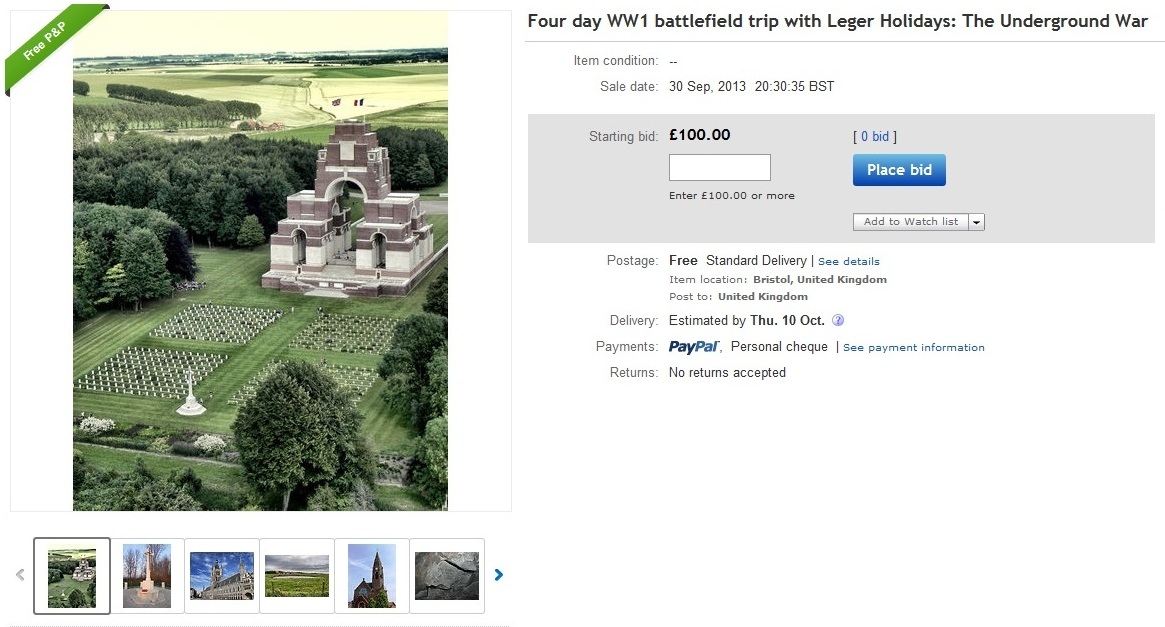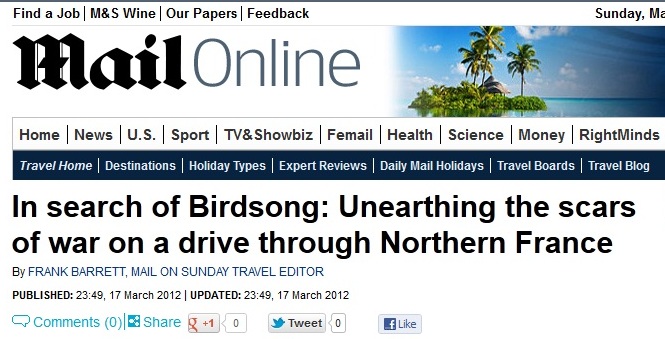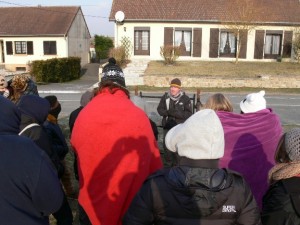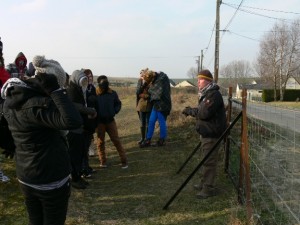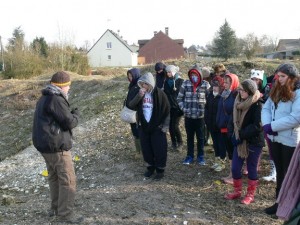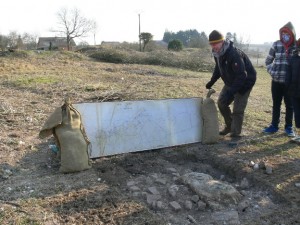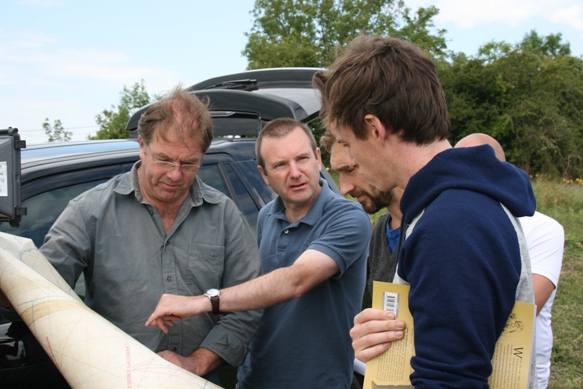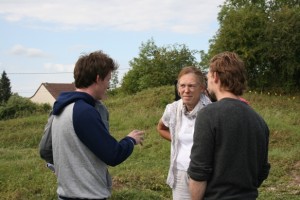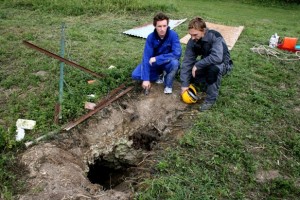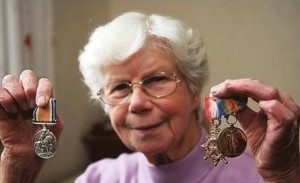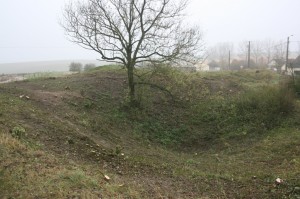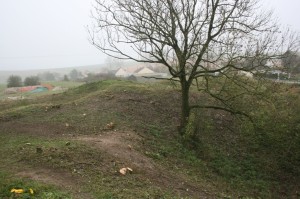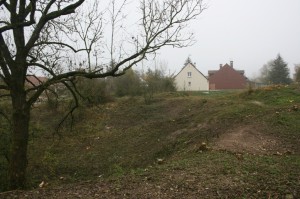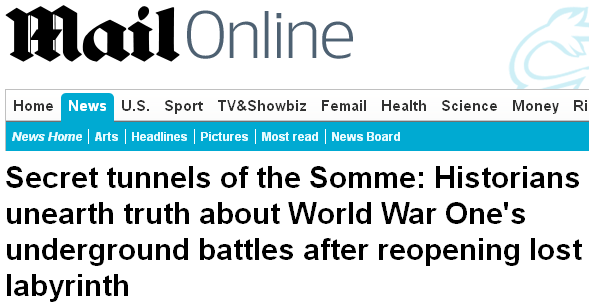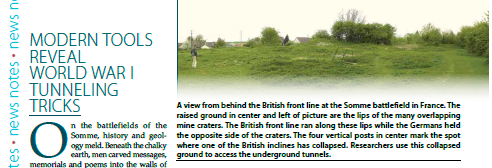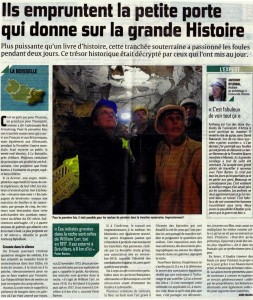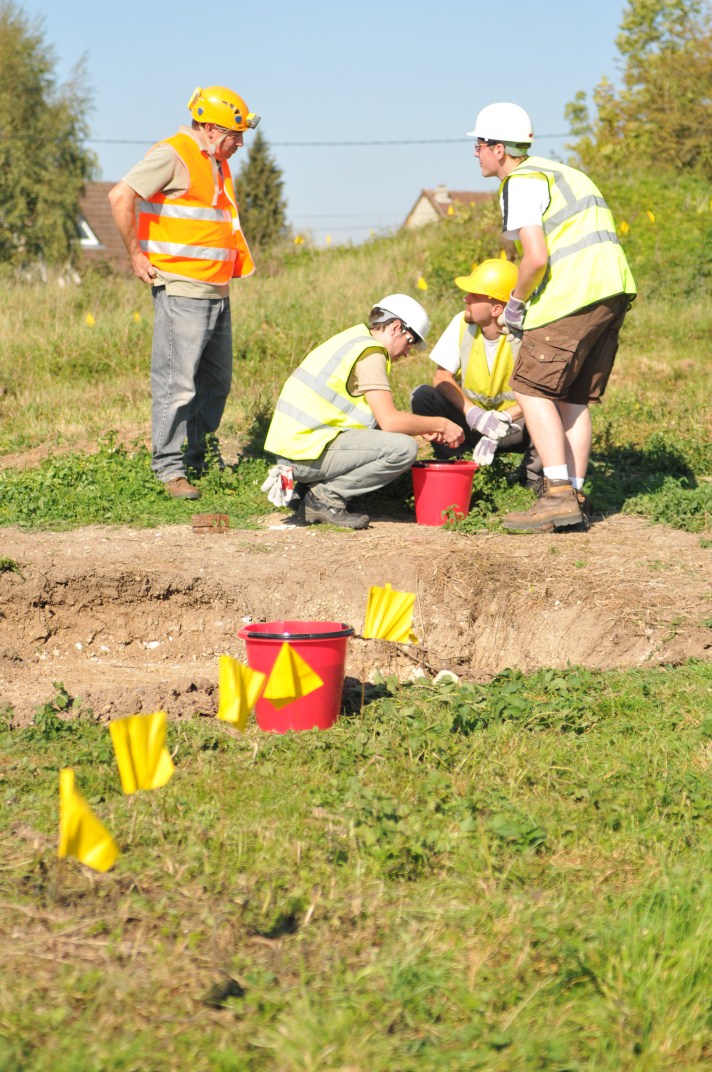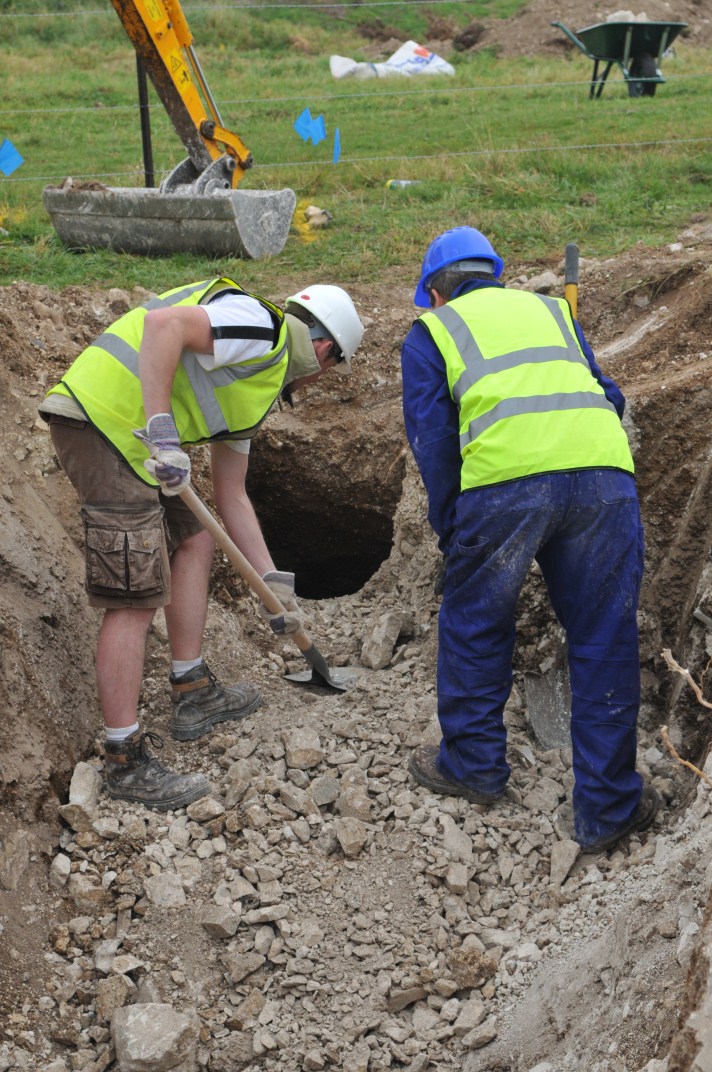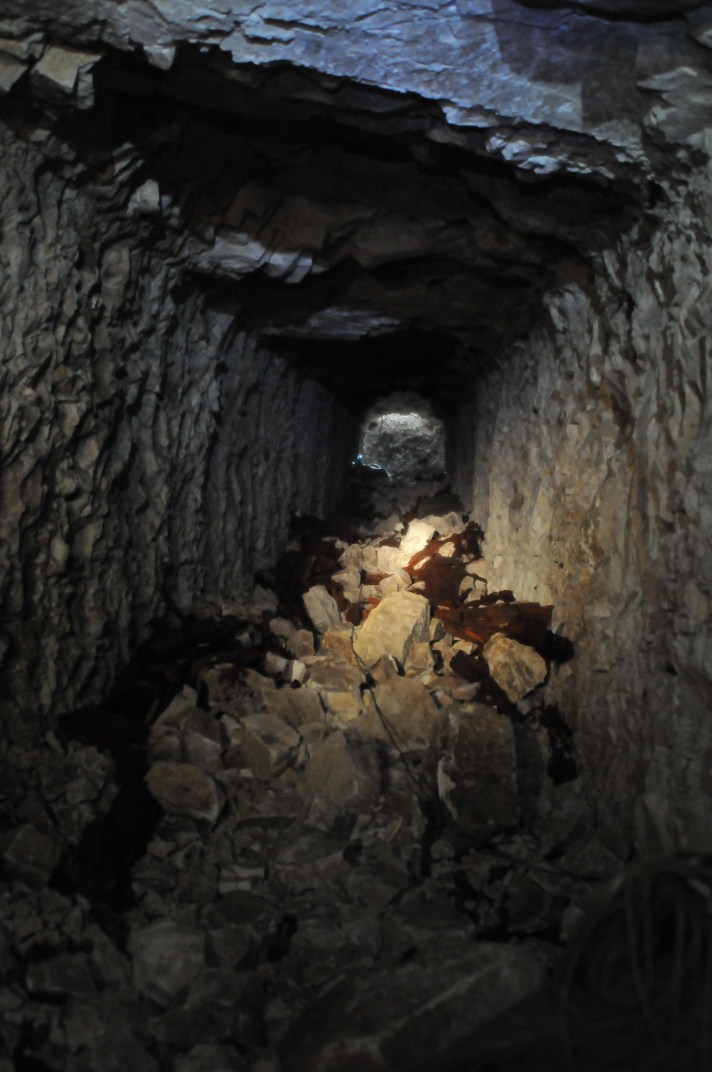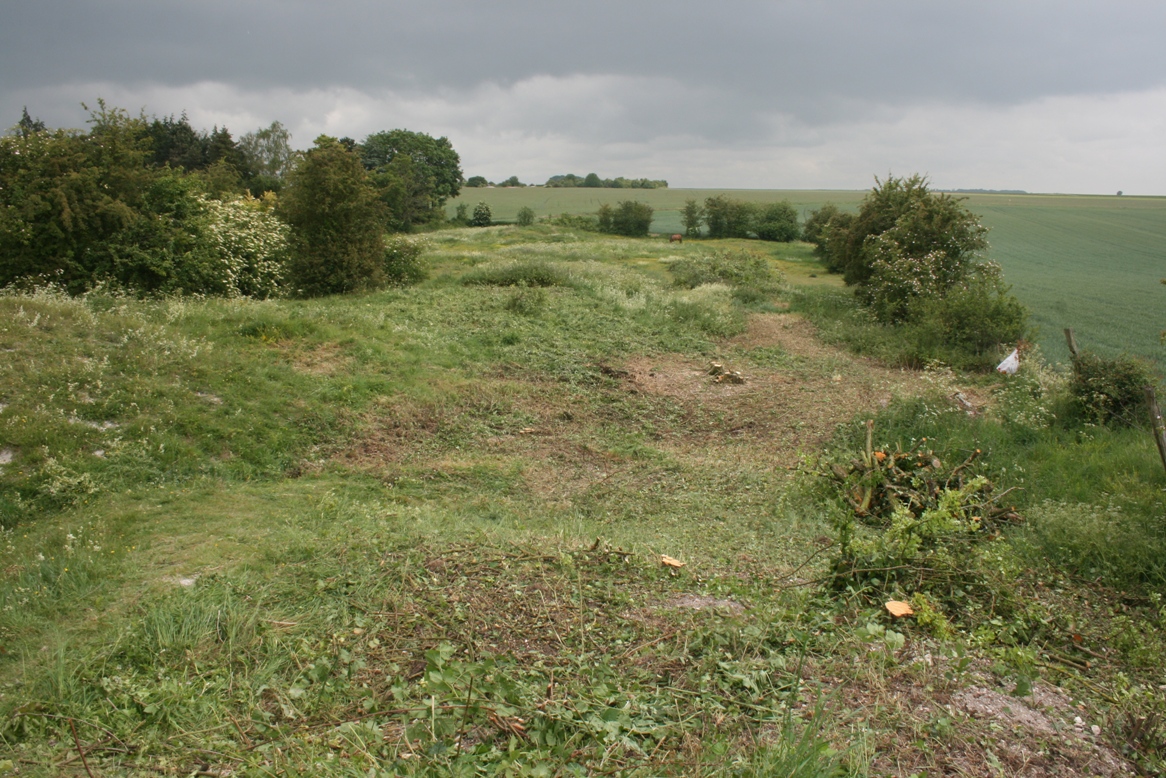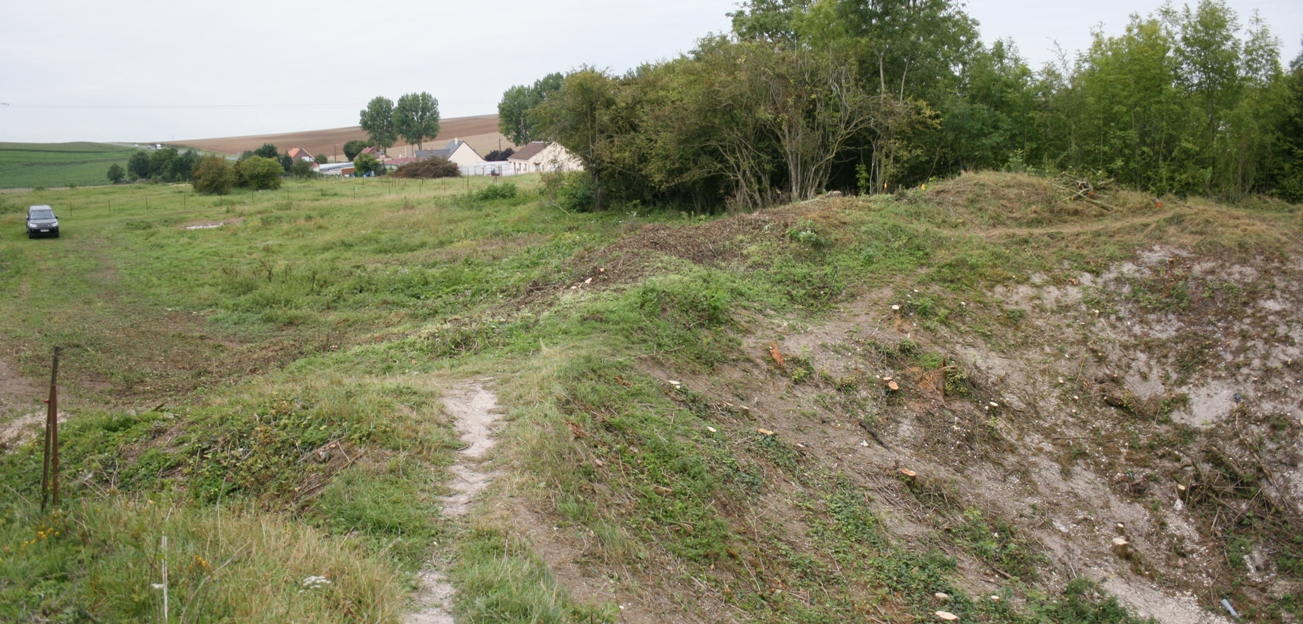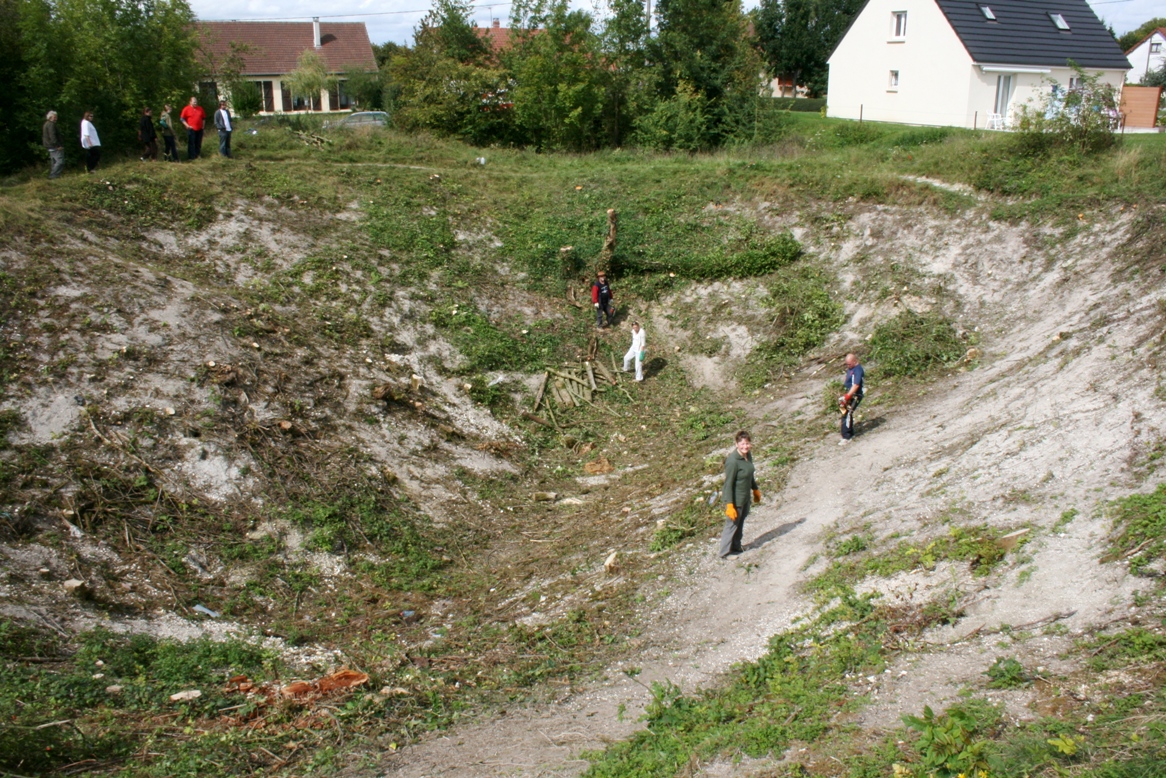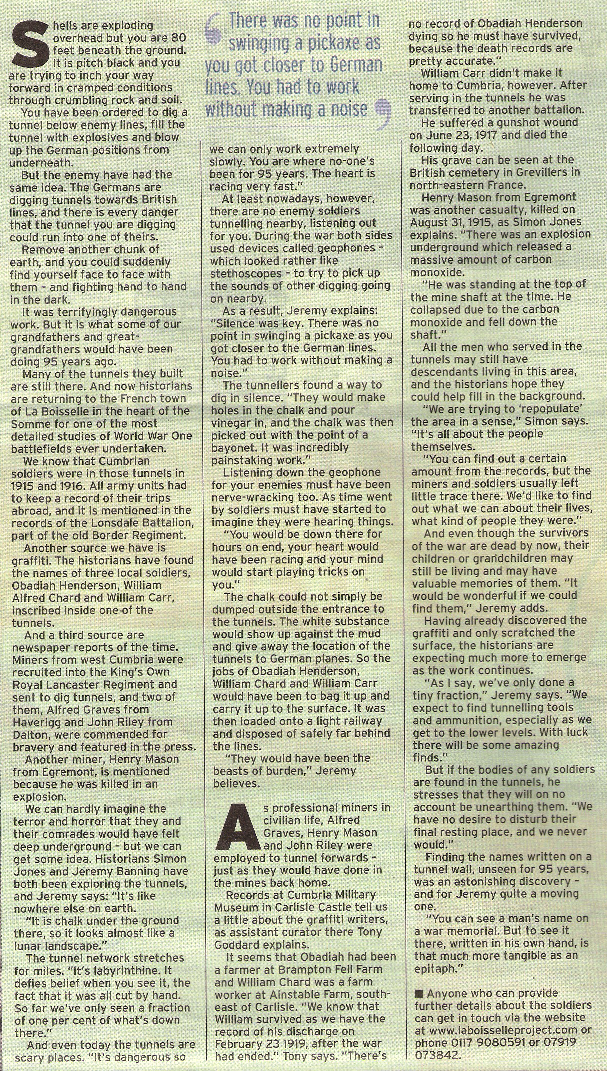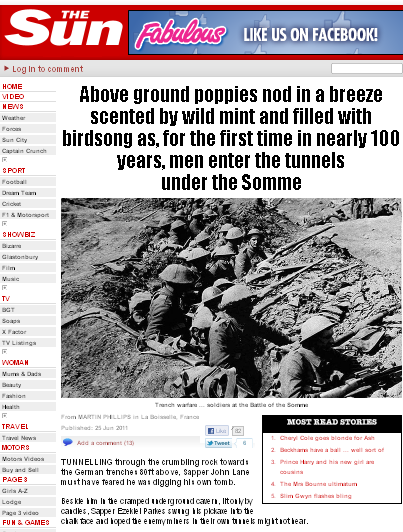Nous avons commencûˋ le travail ce lundi 30 avril, en montant deux nouvelles tentes pour stocker les trouvailles archûˋologiques et pour servir dãatelier. Le nettoyage continue au pied de la Pente X (1915). Notre objectif principal est de faire un sondage plus large entre la Pente X, Granathof, et la Galerie W. La couche supûˋrieure du sol a ûˋtûˋ retirûˋe sur une zone de plus de 50 x 30 mû´tres, comprenant la Pente W, Scone Street et Quûˋmart Street. Ce processus a clairement mis û jour les limites des tranchûˋes. Nous avons commencûˋ û ouvrir une section de Scone Street et û nettoyer autour de lãentrûˋe couverte de la Pente W.
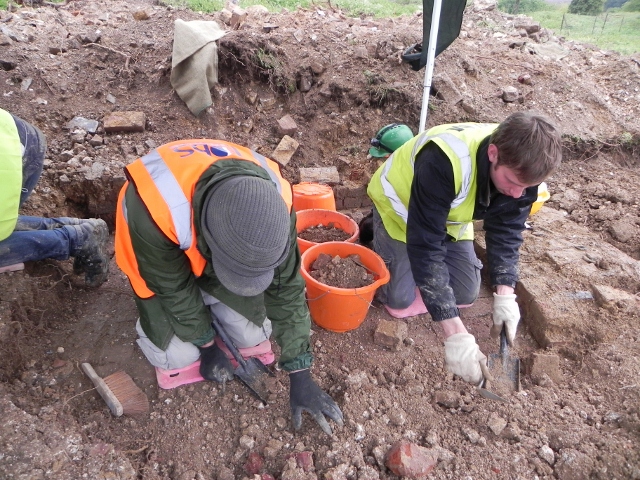
Des volontaires travaillent û Granathof
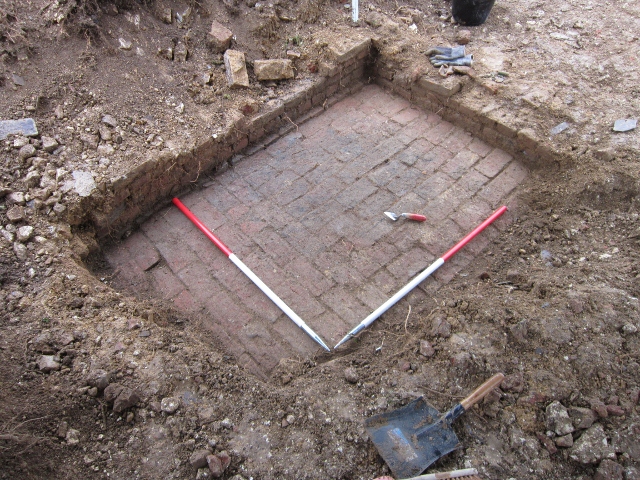
Le sol en briques de lãûˋcurie ã Granathof
Un gros effort a ûˋtûˋ fourni pour mettre û jour ce que nous pensons ûˆtre une partie encore en ûˋtat de la ferme Granathof. Les rûˋsultats ont ûˋtûˋ spectaculaires, avec la dûˋcouverte des murs et du sol en briques de lãûˋcurie. En utilisant des cartes franûÏaises trouvûˋes dans les archives, nous avons dûˋcouvert une des premiû´res tranchûˋes, creusûˋe û travers lãûˋcurie vers la tranchûˋe franûÏaise suivante. De nombreux objets, comme un grand nombre de petites munitions franûÏaises et allemandes, ont ûˋtûˋ dûˋcouverts û cet endroit.
Nos efforts sous terre ont aussi ûˋtûˋ rûˋcompensûˋs. Pendant la premiû´re semaine, nous estimons avoir retirûˋ 40 tonnes de dûˋbris de craie de la chambre du Puits W. Les caillebottis posûˋs sur le sol de la Galerie W ont ûˋtûˋ prolongûˋs. En travaillant avec des harnais Petzl dans des conditions strictes de sûˋcuritûˋ, nous avons nettoyûˋ les dûˋbris autour du Puits W vertical de 15 mû´tres. Comme ce sera notre accû´s principal au systû´me souterrain, nous nous efforûÏons de sûˋcuriser cet endroit au maximum. GrûÂce û lãexpertise de Danny Gunner une cage en acier de sûˋcuritûˋ, faite sur mesure, a ûˋtûˋ construite pour couvrir le puits. Soudûˋe et verrouillûˋe, elle offre maintenant une zone sûˋcurisûˋe, avec un plancher dãacier sur lequel travailler. Le travail se poursuit cette semaine avec lãinstallation de treuils ûˋlectriques et dãune cage de sûˋcuritûˋ dans laquelle se tenir une fois au fond du puits. Nous allons aussi commencer la tûÂche dûˋlicate de contrûÇler lãintûˋgritûˋ des murs du puits vertical et, sãil nãy a pas de danger, de nettoyer les 3 û 4 mû´tres de dûˋbris au fond du puits.
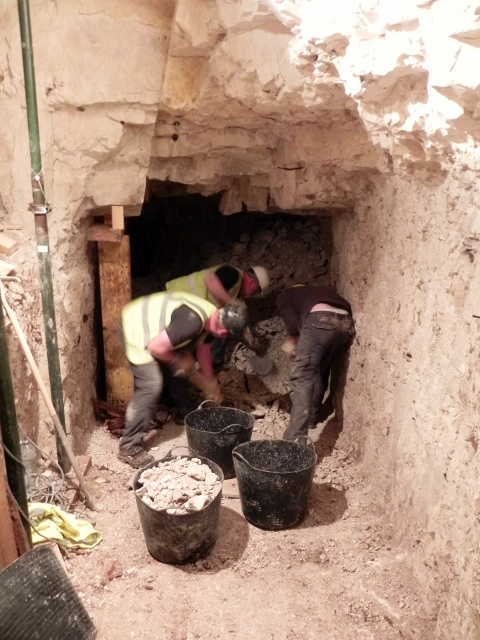
Le nettoyage des dûˋbris de la chambre du Puits W. Plus de 40 tonnes ont ûˋtûˋ retirûˋes cette semaine.

Nettoyage de la zone autour du Puits W. Des poutres dãacier et de bois couvrent le puits de 15 mû´tres.
Nous avons reûÏu des centaines de visiteurs. Nombre dãentre eux ont ûˋtûˋ trû´s gûˋnûˋreux dans leurs dons. Nous aimerions les remercier pour leur aide, comme ceux qui ont fait un don via PayPal. Si vous souhaitez nous aider financiû´rement, merci de vous rendre sur notre page Donate. Nous remercions aussi nos volontaires dûˋvouûˋs qui ont donnûˋ de leur temps pour nous aider dans notre travail. Dãautres remerciements û Phil Giles de Pan 3Sixtyqui a ûˋtûˋ avec nous depuis le dûˋbut, pour prendre des photos panoramiques au-dessus et en-dessous du sol. Celles-ci seront disponibles sur notre site
Nous serons rejoints par Meridian TV le 16 mai, qui viendra filmer pour un reportage qui sera diffusûˋ plus tard dans la journûˋe.
Un rapport complet des travaux archûˋologiques sera accessible sur le site aprû´s la fin des fouilles. Si vous avez lãintention de visiter les champs de batailles de la Somme avant le 16 mai, venez nous rendre visite.
Autre sûˋlection dãimages

Vue en plongûˋe du Puits W. Environ 3 û 4 mû´tres de dûˋbris doivent ûˆtre retirûˋs du fond avant de pouvoir accûˋder au tunnel latûˋral.
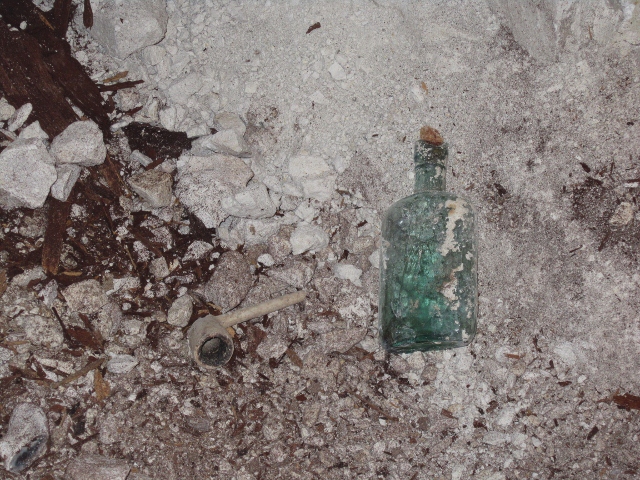
Une pipe en argile et une bouteille en verre bouchûˋe contenant un fond de rhum. Ces deux objets, dans un ûˋtat de conservation remarquable, ont ûˋtûˋ trouvûˋs dans la chambre du Puits W.
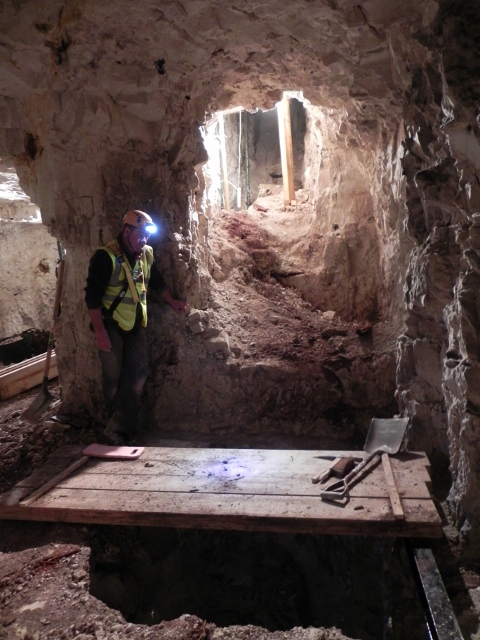
Peter Barton au-dessus du Puits W





